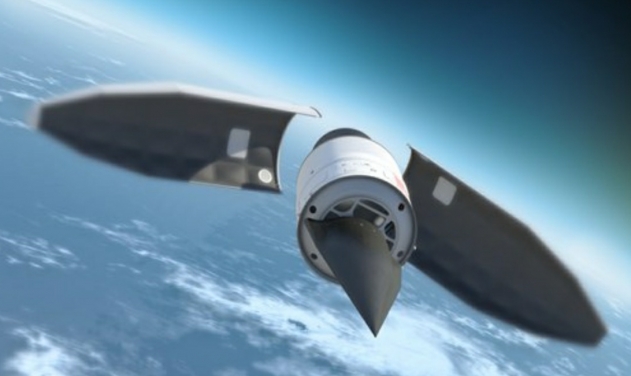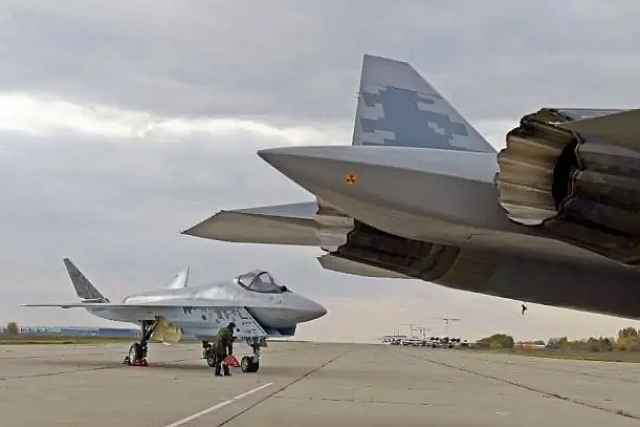China Develops Heat-resistant Material for Hypersonic Aircraft

China has developed a new heat-resistant material for hypersonic aircraft capable of enduring over 3000 degree Celsius caused from friction within the Earth's atmosphere.
The new material enables a hypersonic aircraft to fly at Mach 5-20 within the atmosphere for several hours, as the high heat resulting from the friction between the aircraft and the air reaches between 2,000- 3,000 degree Celsius. Normal metals melt at around 1,500 degree Celsius, half that of the newly developed material.
"The material outperforms similar foreign-made ones with its high melting point, low density and high malleability," China Military reported quoting Fan Jinglian, lead scientist of the project as saying Monday.
"Unlike foreign technologies that use traditional refractory metals and carbon-carbon materials, the China-made one is an efficient composite of ceramics and refractory metals," she told Global Times.
Fanlikened her composite to concrete cobble. "Think of the ceramics as the cobblestones, or the pellets, and the refractory metals are like the concrete. In high temperatures, the ceramics will act as pellets that pin the refractory metals, so they will not soften and deform."
As a result, the material not only has a high melting point, but also valuable characteristics such as low density and high malleability, according to the Hunan Television report.
Carbon-carbon materials have been used for products in a variety of fields including aviation, space exploration, shipbuilding and national defense, other than Hypersonic aircraft project.
Any field that involves extreme high temperature, such as engines, space rockets and nuclear reactors, will have a great demand for the material, Fan noted.









